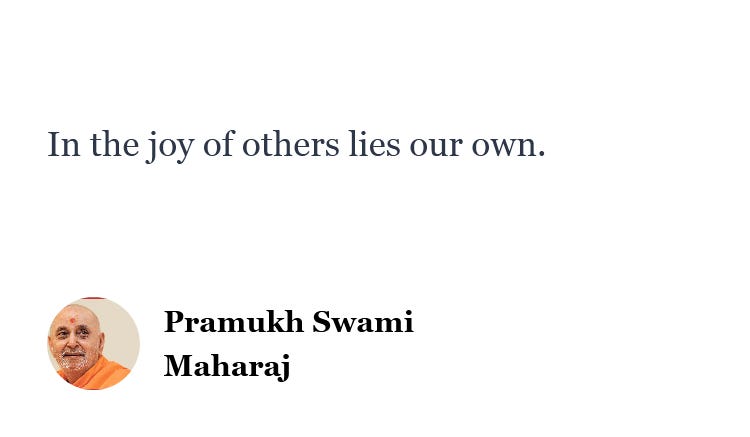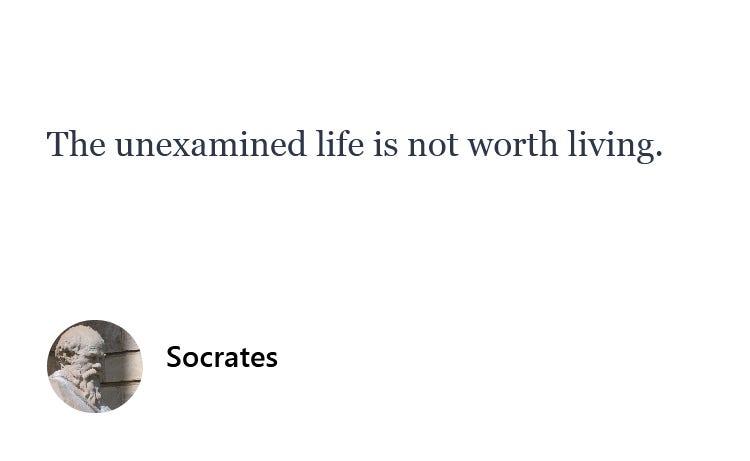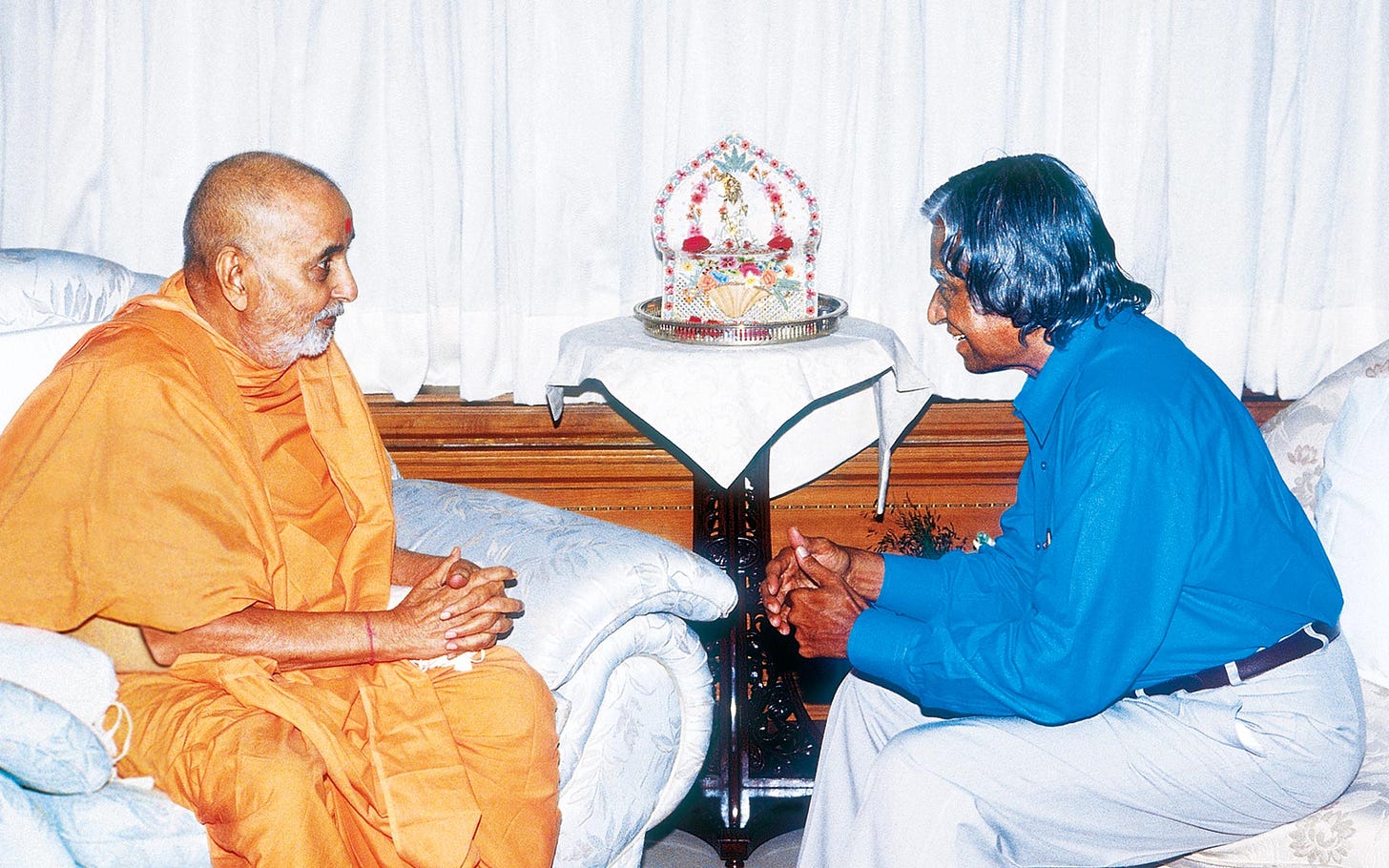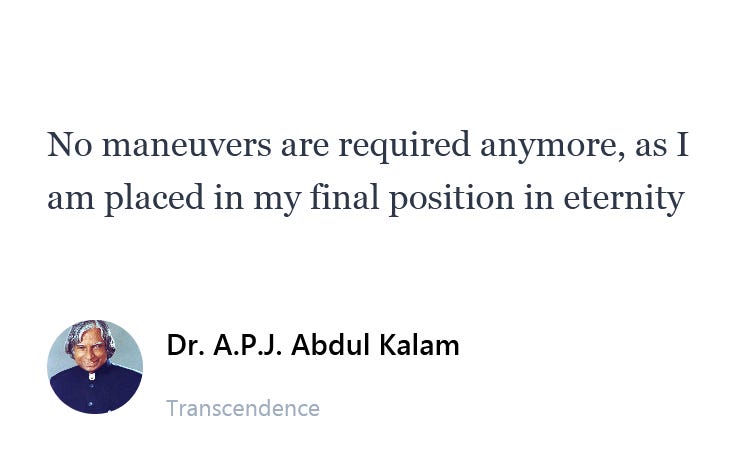The bedside clock flashed 5:12 am. My phone was ringing and I instinctively answered it.
“I need to talk. Nothing is working out. Can we talk?”
Half in a daze, I was trying to figure out what was happening. It was a friend whom I hadn’t spoken to in 6 months.
“My entire business is falling apart. My life is falling apart. I don’t know how to do this anymore. I don’t know how to make this all work.”
We had left school almost a decade ago, and had sporadically exchanged messages on birthdays and holidays. He had gone on to become a successful entrepreneur, leading one of the fastest growing online fashion companies in North America.
He started speaking. At first hesitatingly, testing the waters to see how I reacted, but then in big bursts of vulnerability.
He spoke about his struggles and challenges, the pressures he faces as a leader, and the burden of expectations from his customers, his employees. Not to mention the self-imposed pressure from his family.
“I just had a second kid last month. A girl this time. Did I tell you that?,” he asked.
We spoke for the next hour, trying to abate the mental breakdown he was having. He spoke about his hopes and dreams when he graduated with me. He spoke about all he had accomplished. And through it all, he spoke about the hollowness that came from getting everything he wanted.
His business was struck deep from the CoVID-19 crisis and the economic downturn.
“What I don’t understand is why I feel so empty. What’s going on right now has just increased the weight of hollowness in my heart. I don’t know what I’m doing wrong.”
As the sun started to rise outside my window, I couldn’t help but reflect on the universality of this feeling. Of the challenges that come during critical times when the mind cannot find solutions and the heart’s voice becomes louder. The bumps are felt more sharply in critical times, as the pressure to act is ever greater.
This had been the silent voice in my heart as well, and the voice of many other entrepreneurs, founders, and CEOs I work with.
As my friend finished his story and waited for me to respond, I found my mind wandering to the lessons I had learned from observing the friendship between two unlikely people, and a silent practice of my life.
The President and the Monk
Dr. A.P.J. Abdul Kalam was the man that turned India into a nuclear power. He was a nuclear physicist, the chief scientist of the country, inventor of stents, and a writer of books. He was the chief scientist of the country. He represented the pinnacle of critical and scientific thinking.
He was tasked with the work of finding how to advance India into the 21st century. He scoured far and wide to find answers to this question.
He created a vision that was focused on 6 areas. Food production, healthcare, education, technology, infrastructure, and security. He would consult with politicians and business leaders, scientists and thought leaders on these topics. This vision became his rallying cry. It was this vision that turned him into the most popular President of the country with unanimous support across party lines, and won the admiration and respect of a billion people.
He had heard about Pramukh Swami, a humble monk who had traveled the world with no possessions, without a penny to his name. He had heard about his love and compassion and how it had brought clarity and focus to the hearts of thousands across all walks of life. Dr. Kalam wanted to meet this monk.
A Muslim scientist meeting a Hindu monk. This was never meant to be more than a formal meeting of two leaders to exchange pleasantries.
Dr. Kalam presented his vision to Pramukh Swami who listened quietly with a smile on his face. At its end, the monk decided to suggest something.
“In addition to these areas you have spoken about, add one more: Faith. Nothing will happen without faith. It is faith that will bring people together. It is faith that will change the vision of people. It is faith that will unite.”
As Pramukh Swami kept talking, something started to shift inside Dr. Kalam. He had found the missing factor in all his critically thought out plans. It was the hidden dimension that he had not considered.
Faith.
Dr. Kalam found an awakening in his spiritual consciousness by that meeting. Over the next 14 years, he had 8 more meetings with Pramukh Swami. The final book of his life was titled “Transcendence: My Spiritual Experiences with Pramukh Swamiji.”
This is altogether remarkable since Dr. Kalam was a Muslim, who learned his most profound lesson from a Hindu monk.
In it, he wrote “[Pramukh Swami] has indeed transformed me. He has removed I-ness and My-ness from my life. He is the ultimate stage of the spiritual ascent in my life… Pramukh Swamiji has put me in a God-synchronous orbit. No maneuvers are required any more, as I am placed in my final position in eternity.”
This is the lesson we must embrace again.
Spiritual Leadership
The concept of spirituality feels taboo. This is meant to be a deeply personal and intimate area of life, not meant to be discussed openly and in public, let alone in the cold sterile corporate environments we often find ourselves in. After all, no one wishes to impose their views on another.
But this viewpoint stems from a lens where for one perspective to be true, another one has to be false. The lens through which Pramukh Swami was operating, and the lens through which much of the Dharma traditions of the East operate claim that there are multiple answers on the path of spirituality. No one path becomes wrong for another to be right.
From this perspective, the personal becomes universal. It becomes a means of exploring, understanding, and learning from others to broaden one’s own repertoire.
Peter Drucker felt similarly. He writes in Landmarks of Tomorrow, his lesser cited work: “Society needs a return to spiritual values–not to offset the material but to make it fully productive…Mankind needs the return to spiritual values, for it needs compassion.”
A broader spiritual consciousness lies at the very heart of widening the vision of a leader. A spiritual consciousness is what elevates the ability of a leader to lead in critical times. It is not critical thinking, the ability to think like an algorithm that defines critical times.
A true spiritual lens is also meant to be practical, not reserved for yogis and theologians. Limitations of Knowledge & Power It is tempting to think that the work of a leader during critical times is to gather more knowledge and power so that one may lead more effectively.
In response, Drucker writes in Landmarks of Tomorrow that “knowledge and power have been problems of man since the Garden of Eden. Now they are in the center of his existence. The solution to them which the new age finds will, in the last analysis, determine its character and meaning. If it fails to solve them, it will not only be a dark age…it may well be the last age of man — and conquest of space will not alter this. If however the new age succeeds in solving these problems, it could become one of the greatest eras of man.”
More knowledge, information or power will not help one lead better. To lead through critical times, we must think outside of ourselves, outside of the prejudices and snap judgements that the human mind is prone to. To not let ourselves be influenced by cold hard numbers that give the illusion of certainty.
Therefore, good judgement and the courage to act stems from the ability to get out of one’s ever-changing mind. After all, how can one make a tough decision when we are influenced by the problems of the world, by our own stories, prejudices, and priorities?
The Dharmic idea of spirituality offers a way to help us step outside of ourselves.
The Lessons of Spirituality
The dharmic lens teaches us that the greatest illusion and delusion we harbour is the belief that we are this body and this mind. We believe the story of us as definite. We cannot imagine a world that exists after we have passed on. We insert ourselves and our legacy into everything. But it is your true self that allows the body and mind to exist, to perceive, to experience, to be conscious. This consciousness is the real you. Not the body and the mind that you inhabit. This consciousness or awareness is the experiencer of everything that you consider to be “your” life. Thus, “you” are completely distinct from it all. This is not an intellectual exercise, but a plane of existing and seeing if one pauses and tries.
The dharmic lens asks: Who are you?
Consider this. Look at a picture of yourself as a baby. You were that person, yet somehow, that person you see is a different person than what you are now. It seems like a completely different person altogether. All those memories, all those moments—were you any of those?
In other words, at what point did you become you? Was the child, the newborn photo not you as well? Yet, that baby can seem like a different person completely to what you feel like today. Similarly, if that person—the boy or girl, seems like a distant person, perhaps a different person altogether, then it is equally possible that the person whom you believe to be you right now is not you either.
On closer introspection, we realize that the mind’s conception of “you” is flawed. It takes an amalgamation of your memories and makes it your identity. This identity always keeps changing. The mind’s conception of you is also ever changing.
When we keep asking ourselves this simple question “who am I?” we are forced to realize that all the problems, successes and failures, the weight and pressure that we feel as leaders are not really ours after all. They belong to the body and the mind.
Like the bulb that gives light to a room, it is the consciousness of our true self that gives light to the body and mind, which allows us to think, which allows us to feel. It challenges the adage “I think therefore I am.” It tells us instead to realize “I am, therefore I think.”
When we live and lead from this perspective, we are able to see the critical challenges we face more dispassionately. It removes the burden of leadership and gives us courage to act with our conviction. It removes our ego and lets us lead with freedom.
In Action
In January 2001, a 7.7 ML earthquake had devastated Western India. More than 20,000 people died, and more than 160,000 people were injured. Everyone was completely unprepared for this. Pramukh Swami, the humble monk who had advised Dr. Kalam, was one of the first on site in the areas which were most affected.
He inspired other monks who would otherwise spend their time in a monastery to serve others. Spirituality after all is meant to help us live in the world, not retreat from it.
Many months later, President Bill Clinton was visiting India and had decided to visit the affected sites. His work led him to be introduced to the work of Pramukh Swami. A brief 5 minute meeting was scheduled between the two leaders.
But 5 minutes became 15, 20, 30, 40 minutes. Their dialogue happened through the intermediary of an imperfect translator, and yet President Clinton felt a sense of ease and peace in the presence of Pramukh Swami.
He later remarked: “When I look into his eyes, they are filled with integrity. I saw in his eyes that he is a man who has not come ahead by eclipsing others. He has come forward by always placing others before him.”
A simple monk like Pramukh Swamiji had just received the validation, recognition, and attention of a world leader with considerable power and ability.
Far from being elated however, Pramukh Swamiji immediately spotted two brothers in a distance who had arrived from a nearby village. As soon as the President left, he went to the two brothers and started talking with them asking them about their families, their safety, their accomodations on the volunteer grounds. He arranged for their meals, and consoled them through their crises.
This is the essence of the spiritual leader. Someone who can completely step outside of themselves, and not be bound by praise, personal biases, or the weight of an ego.
Perhaps it is this state of realization that helped so many people, including President Clinton, and Dr. Kalam experience such profound love and peace from him.
Perhaps it was this spiritual leadership that inspired Dr. Kalam to remove the “I-ness and My-ness in life…where nothing else remains to be done.”
The Effective Human
As I shared my experiences, insights, and anecdotes with my friend, I heard him confused at first. But this state of being outside of himself sounded so appealing to him, that he committed himself to a process of self-inquiry to help him touch this experience more tangibly. He committed to asking himself two questions:
• Who am I?
• And if I am not that, then who am I?The first question engages the mind to give an answer, while the second question gets one to go continuously deeper. He committed to repeatedly ask himself these two questions in a regular meditation practice.
The last time I spoke with my friend, he had scaled down his operations to tide through the shifting landscapes. He had to let go of some staff, but he paid them well above what was required of him. He is happier now too, less stressed about running his business.
I too find myself asking these two questions above. As I deal with unemployment, economic turmoil, and the barrage of anxiety producing news, when panic and anxiety overwhelm me, I try to find a center of existence through these two questions.
Who am I? And if I am not even that, then who am I?
More than anything else, finding and identifying with this unchanging core as the real me has been the most effective way I have found of leading and managing myself.
Now more than ever, we must find a way to incorporate this spiritual lesson if we are to lead effectively through these critical times.
This type of dharmic spirituality, the lessons that Pramukh Swami transmitted and helped Dr. Kalam experience, is not just the need of an effective executive, but of an effective human.
Bibliography
Abdul Kalam, A. P. J., and Arun Tiwari. Transcendence: My Spiritual Experiences with Pramukh Swamiji. Noida, Uttar Pradesh, India: Harper Element, 2015.
Aksharvatsaldas, and Trivedi Yogi. Eternal Virtues: Spiritual Attributes of Pramukh Swami Maharaj. 2. ed. Ahmedabad: Swaminarayan Aksharpith, 2011.
Drucker, Peter F. Landmarks of Tomorrow: A Report on the New “Post-Modern” World. New Brunswick, N.J., U.S.A: Transaction Publishers, 1996.
Drucker, Peter F. Managing Oneself. Harvard Business Review Classics. Boston, Mass: Harvard Business Press, 2008.
Drucker, Peter F. The Effective Executive: The Definitive Guide to Getting the Right Things Done. New York, NY: Harper Business, 1967.









